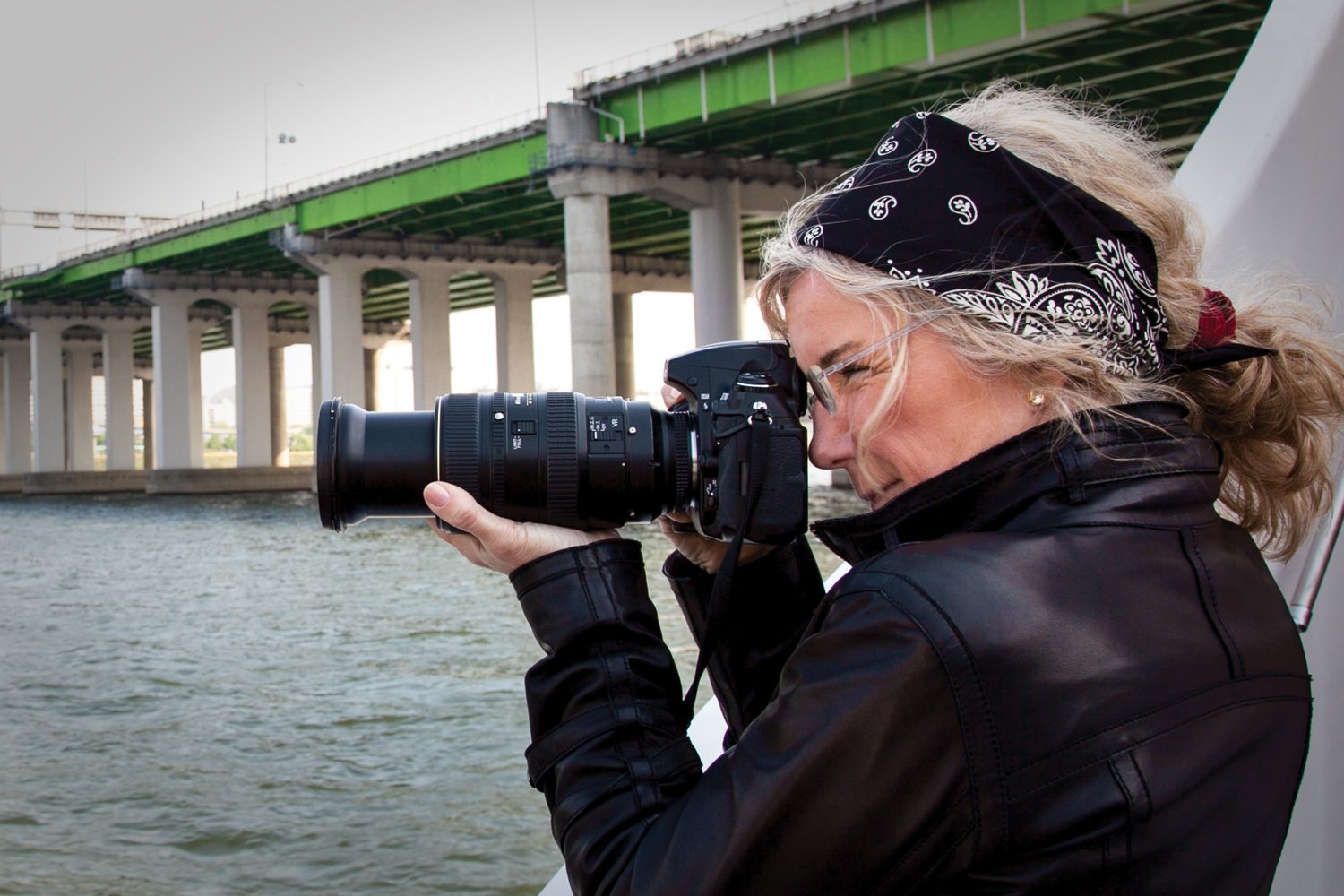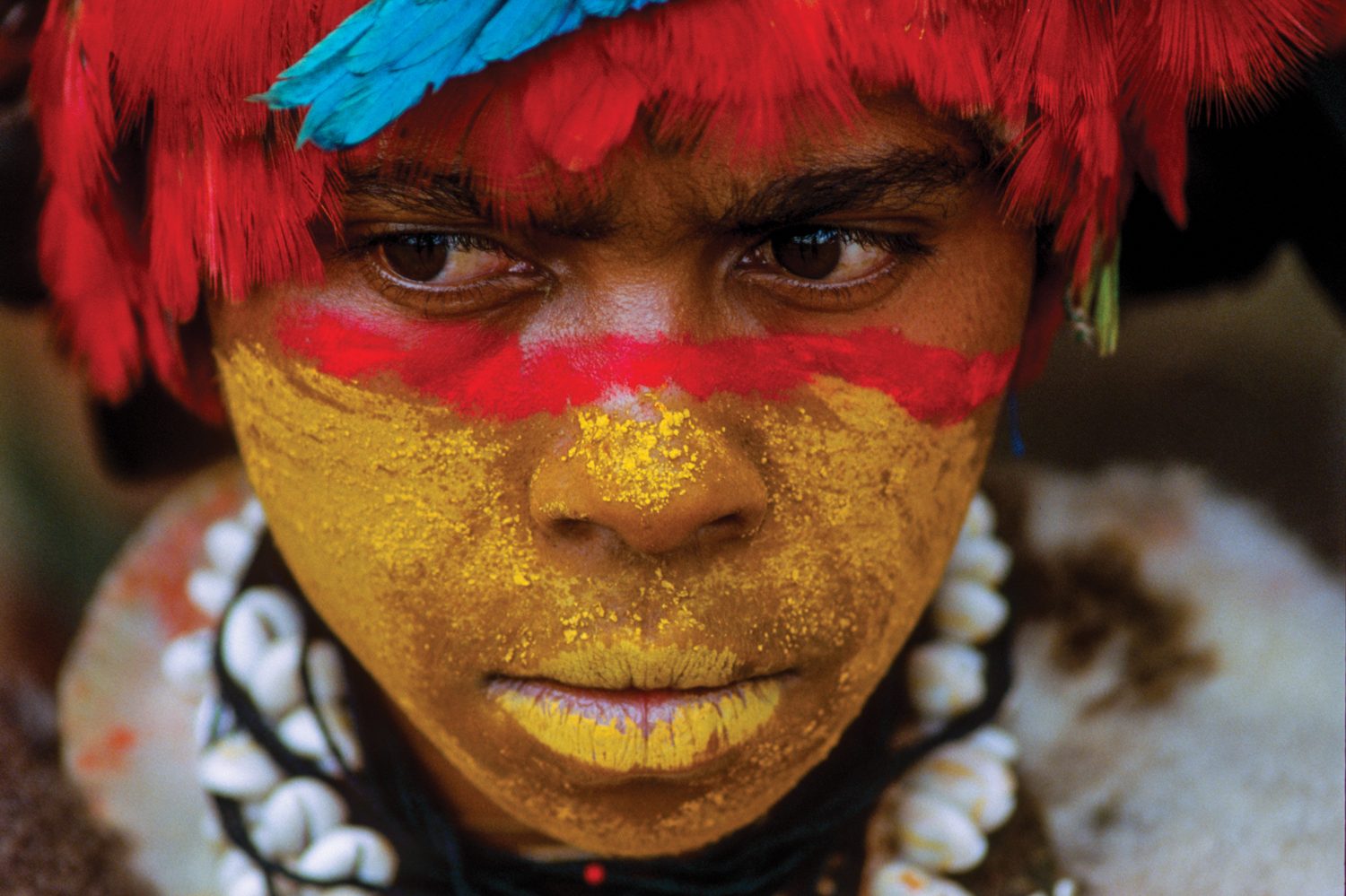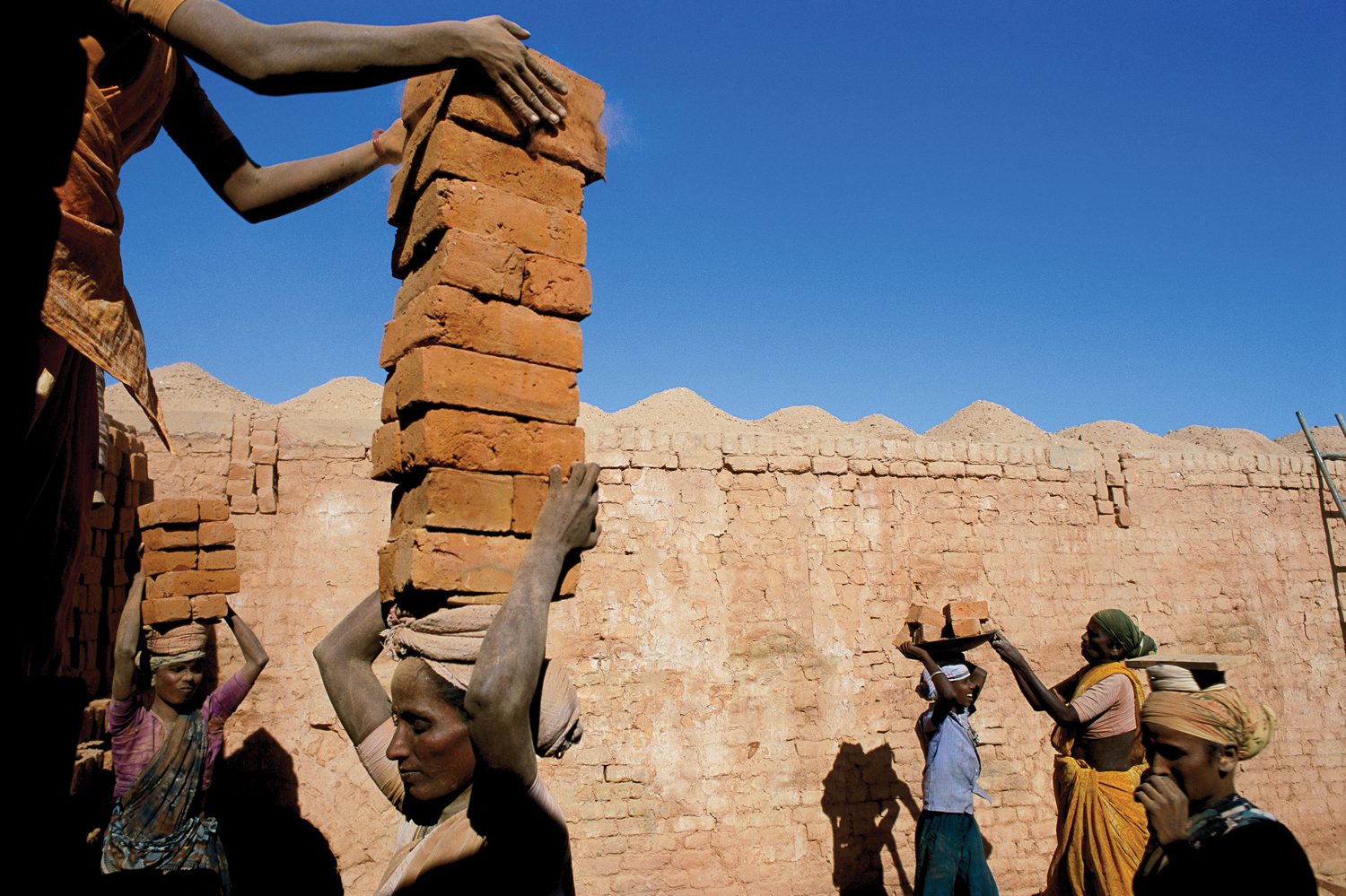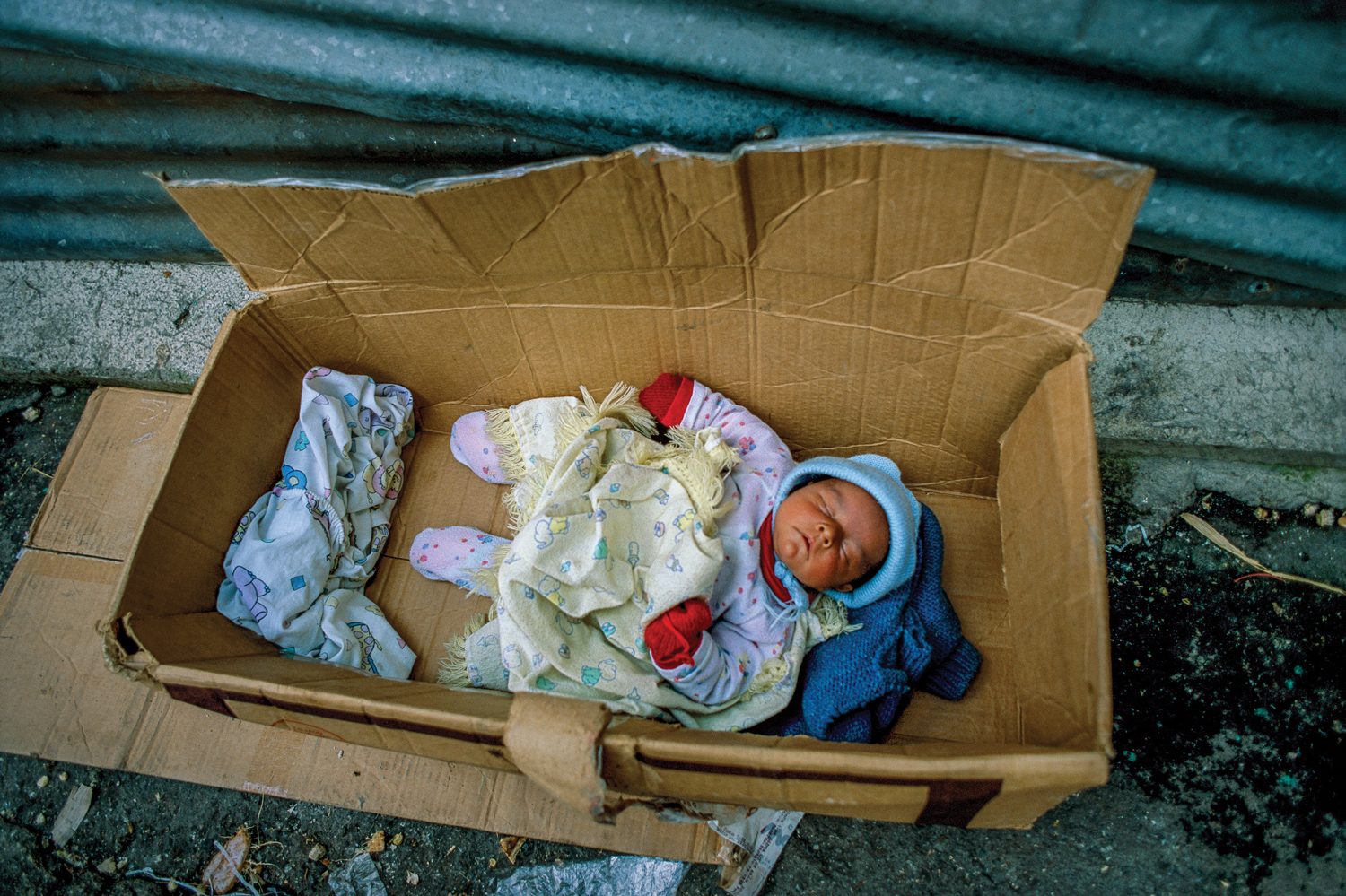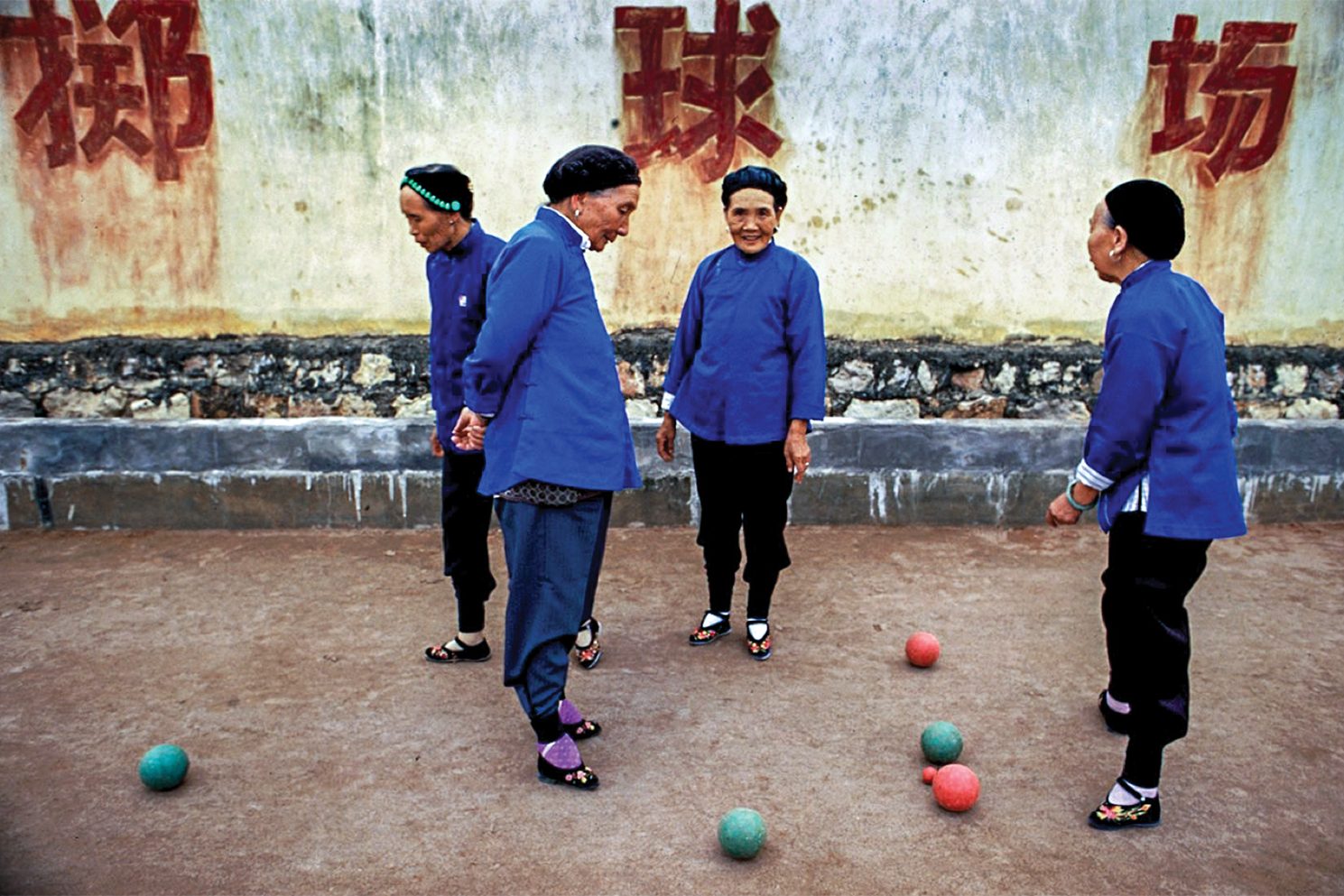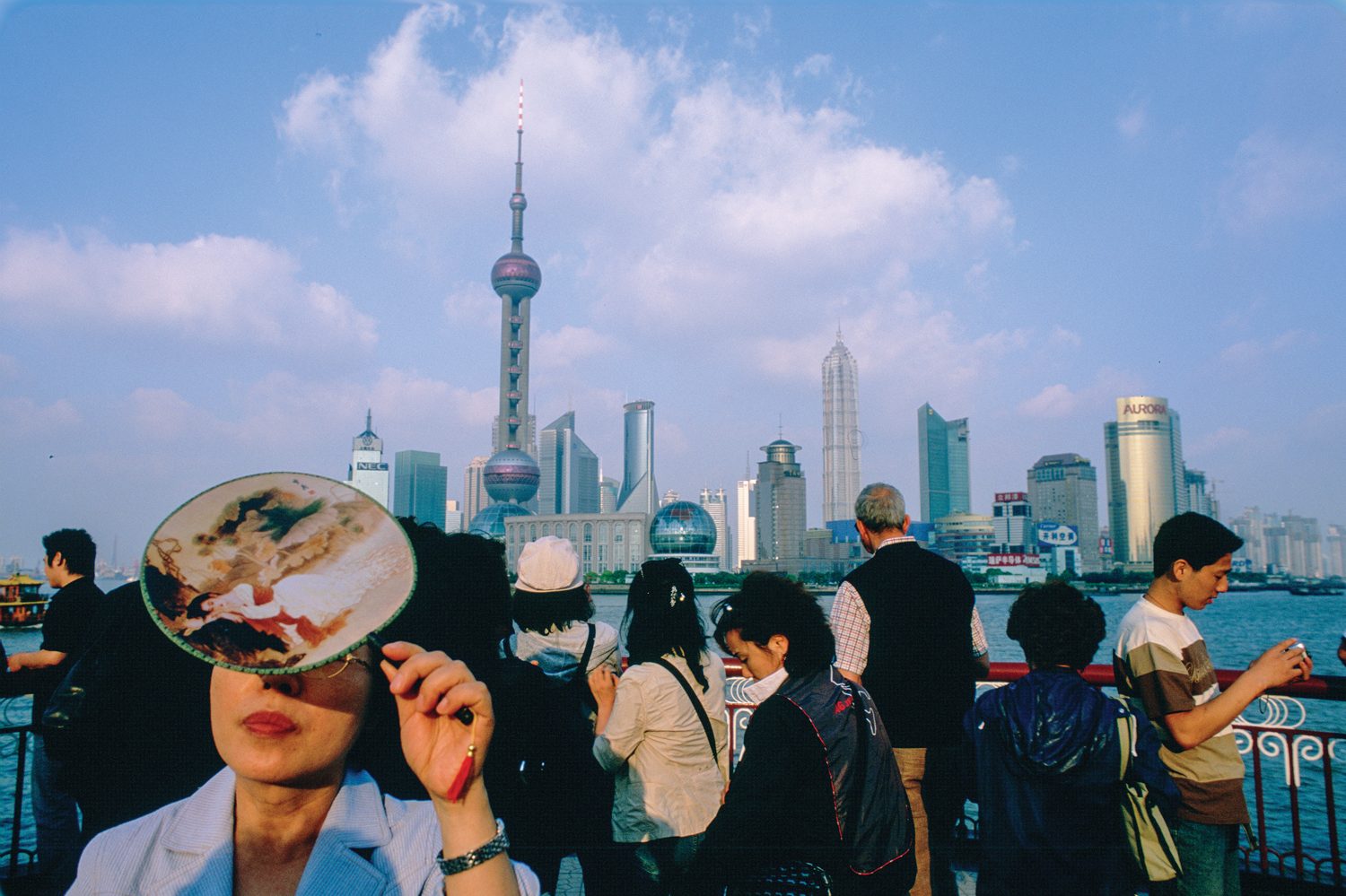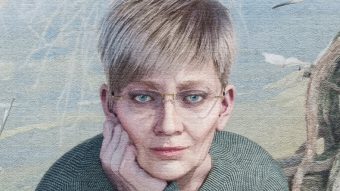
By Scott Wallace
Photography by Jodi Cobb
The year was 1975. She was four years out of Mizzou, where she’d earned both a bachelor’s and master’s degree (the latter in photojournalism), and she stood at a crossroads.
She’d just been offered a sought-after staff position at a major metro daily when she got a call from Robert Gilka, director of photography at National Geographic. Cobb had been attending photography workshops run by Gilka, and he’d been impressed by her grit and persistence. For her part, Cobb was honing her visual storytelling skills alongside some of the most accomplished photographers in the business. But he had counseled patience and urged her to keep at it.
Now, he was on the phone. He wanted to know if Cobb was available to take a trial assignment photographing California’s Owens Valley for a story about the place that supplies water to the city of Los Angeles. It was a one-off deal. No guarantees of future work. She was torn: Go for the security of the staff job, or pursue her dream no matter the outcome?
She decided to take the assignment. “I didn’t know if it was my first assignment for National Geographic or if it was going to be my only assignment.” All she knew for sure was that she had to make the most of it.
Cobb’s hard work paid off. When she returned to the Geographic headquarters in Washington, D.C., several weeks later, Gilka reviewed her images and liked what he saw, especially her willingness to engage human subjects in her images. He offered her a new assignment — to photograph in the coal mines, on the rivers and in the misty hollows of West Virginia.
Cobb, BJ ’68, MA ’71, was off and running at the start of a career that has spanned five decades, including 30 years at National Geographic. She is among the most successful and widely published female photographers on the planet, the only woman ever to hold the coveted title of National Geographic staff field photographer in the magazine’s 130-year history. In the process, she has visited 65 countries on nearly every continent to complete dozens of groundbreaking assignments for the magazine.
Her book on the hidden life of geishas in Japan was nominated for a Pulitzer Prize. Her work is featured in the traveling exhibition Women of Vision: National Geographic Photographers on Assignment, and one of her photographs from the West Virginia assignment was loaded aboard the spacecraft Voyager, currently traveling out into the universe on the ultimate open-ended journey.
At first, her assignments were all domestic and nearly all set in the South: the Suwanee River, Nashville, and Plains, Georgia, home of the then newly elected president, Jimmy Carter. They centered on a particular place, with no obvious storyline — an old Geographic staple that has all but disappeared as readers have grown more familiar with the world and come to demand more sharply focused stories. “They were quiet places,” Cobb says, “but they did let me do evocative photographs.”
Then Communist China opened to the West in the late 1970s. Following a long stretch of successful, award-winning assignments, Cobb was one of just five photographers assigned to the country for a special book project. She would be the first American photographer to travel across China since the triumph of the Maoist revolution in 1949. In the course of two extraordinary months, she covered 7,000 miles by train on her way deep into the country’s remote interior. There was no phone, no way to communicate with the outside world. “It was just me and my government minders,” she says, thinking back on some of the trials and absurdities of this remarkable assignment. “I got on the train, and the minders said I couldn’t photograph the train.”

Little by little, Cobb won over her main guide with gifts and kindness. “I thoroughly corrupted her,” she says with a laugh. “I painted her fingernails and gave her Western clothing. We bonded.” That proved decisive when disagreements arose with other minders over what she could photograph. “They’d say: ‘You can’t do this. You can’t photograph that. That doesn’t exist.’ She ended up taking my side.”
Even when Cobb was allowed to take pictures, she found that her status as an outsider involved other challenges as well. “Most people had never seen a Westerner before,” she remembers. “Babies burst out crying. I only had photos of screaming babies because they thought I was a ghost!”
The resulting book, to which she contributed a chapter, was a magnificent, leather-bound volume entitled Journey into China. Published in 1982 and reprinted in five subsequent editions, the book stands as an enduring and definitive record of the world’s most populous nation on the brink of momentous change. It was a turning point in her career. “I proved to the editors I could really do it.” She had also proved to herself that she could handle a big assignment in a foreign country, one that kept her out in the field on her own for weeks on end.
Cobb’s curiosity and propensity for adventure date back to her early upbringing. The middle child of a Texaco oil executive, she grew up in Iran on a desert island bounded by the Tigris and Euphrates rivers. Cobb’s parents gave her a Kodak Brownie, her first camera, when she was 9. “My dad loved photography,” Cobb recalls. “He always had a camera with him. He took photos of us at the pyramids and at the tombs of the kings in Persepolis.”

By the time she returned with her family to the U.S. at the start of high school, Cobb was already a global traveler. She’d crossed the Atlantic twice by ocean liner, flown across the Pacific in a luxury Pan-Am Clipper and visited 15 countries. “It was the golden age of travel,” she says. “I loved the flying and the travel. It was so glamorous and exciting.”
Some might assume the same of traveling the world for National Geographic. But it has been far from easy, in part because of photojournalism’s traditionally macho culture. “As a woman, I was always having to prove myself,” she says. At times, Cobb has managed to turn gender to her advantage, helping her gain the trust of subjects and get access to hidden realities for stories as diverse as the nature of love, the enigma of human beauty and 21st-century slavery.
Not long after her China assignment, Cobb signed on to cover the most disputed place in the world — the holy city of Jerusalem. The city captivated her. “I just dug in,” she says. She was spellbound by an almost kaleidoscopic confluence of so many different things: the history, the passion of the people, the quality of the golden evening light on the white stone of the buildings. “It was beautiful, evocative, disputed and violent and spiritual.”
Mayhem erupted one day when she was photographing at the Dome of the Rock. After an Israeli soldier killed worshipers, Palestinians protested by hurling stones at uniformed Israelis. “I was in the middle of it — being shot at, teargassed,” Cobb says. “I understood what conflict photographers and correspondents feel — the adrenaline rush and a sense that the rest of the world looks sort of dull after that vivid experience.” But war photography was not her calling. “I didn’t get addicted.”

As her career progressed, Cobb found she was acquiring more than just a greater confidence in her ability to reveal meaning through her photographs. She was evolving a deeper understanding of how the world works. She was also gaining an awareness of how the process of making photographs was changing her. She found herself moving away from sweeping stories about place and geography and zeroing in on intimate subjects that required a suspension of judgment and large doses of empathy.
Photographing the cloistered lives of women in Saudi Arabia or the secret realms of geishas in Japan, she was challenged to rethink preconceived notions. “I went in with my Western feminist biases and stereotypes,” she says, “and I learned how those women viewed their own lives.” Where Cobb had first seen the oppression of women, she came to understand that they didn’t see it that way themselves. Saudi women, for example, showed her that the veil also served to protect them from the covetous stares of strangers and the blinding swirl of desert dust storms.

After her striking image of a fully painted geisha was chosen for the cover of the 1985 book A Day in the Life of Japan, Kodak awarded her a grant to return to Japan to take a deep dive into the world of the geishas. She took a leave from the magazine and spent all her vacation time over the next three years documenting the vanishing culture of the fabled female consorts. Her book, Geisha: The Life, the Voices, the Art, was nominated for a Pulitzer Prize and continues to earn high praise from Cobb’s former editors.

“They’re more than portraits, more than a look inside a hidden world,” says Bill Allen, National Geographic’s editor-in-chief from 1995 to 2005, of Cobb’s geisha images. “They are something that reveal the essence of a culture in 1/125th of a second.” What impresses Allen most about Cobb’s work is her insight into what makes a strong photograph. “She’ll wait for the right moment,” Allen says. “She is able to anticipate a glance that will raise the level of a photograph from good to extraordinary.”
Other editors who have worked with Cobb have remarked on her versatility. “What I love about Jodi is that she’s very strong in the extremes,” says former Geographic photo editor Elizabeth Krist. “She is very comfortable in lavish, high-society situations, but she’s also drawn to the most desperate situations. She’s compassionate of people who have to worry about whether they will have enough to eat or where they will sleep for the night.”

Cobb says her experiences as an outsider in countries and cultures throughout the world have challenged her to dig beneath the surface — and to overcome fear of the unknown. “The more you understand something, the less scary it is.”
But sometimes hair-raising moments just come with the territory. Like when Cobb photographed her trailblazing 2003 National Geographic story, “21st-century Slavery.” The reportage spanned 10 countries and brought into focus the millions of people worldwide who every day are bought and sold, held captive, brutalized, and exploited for profit.
The assignment eventually led Cobb to the town of Prijedor in post-war Bosnia and the heavily guarded door of a notorious gangster and sex trafficker named Milorad Milakovic. The one-time railroad official operated a number of brothels, staffed by prostitutes trafficked from the countries of the former Soviet Union whom he held as debt-slaves. Women who tried to escape were hunted down, beaten, burned with cigarette butts.
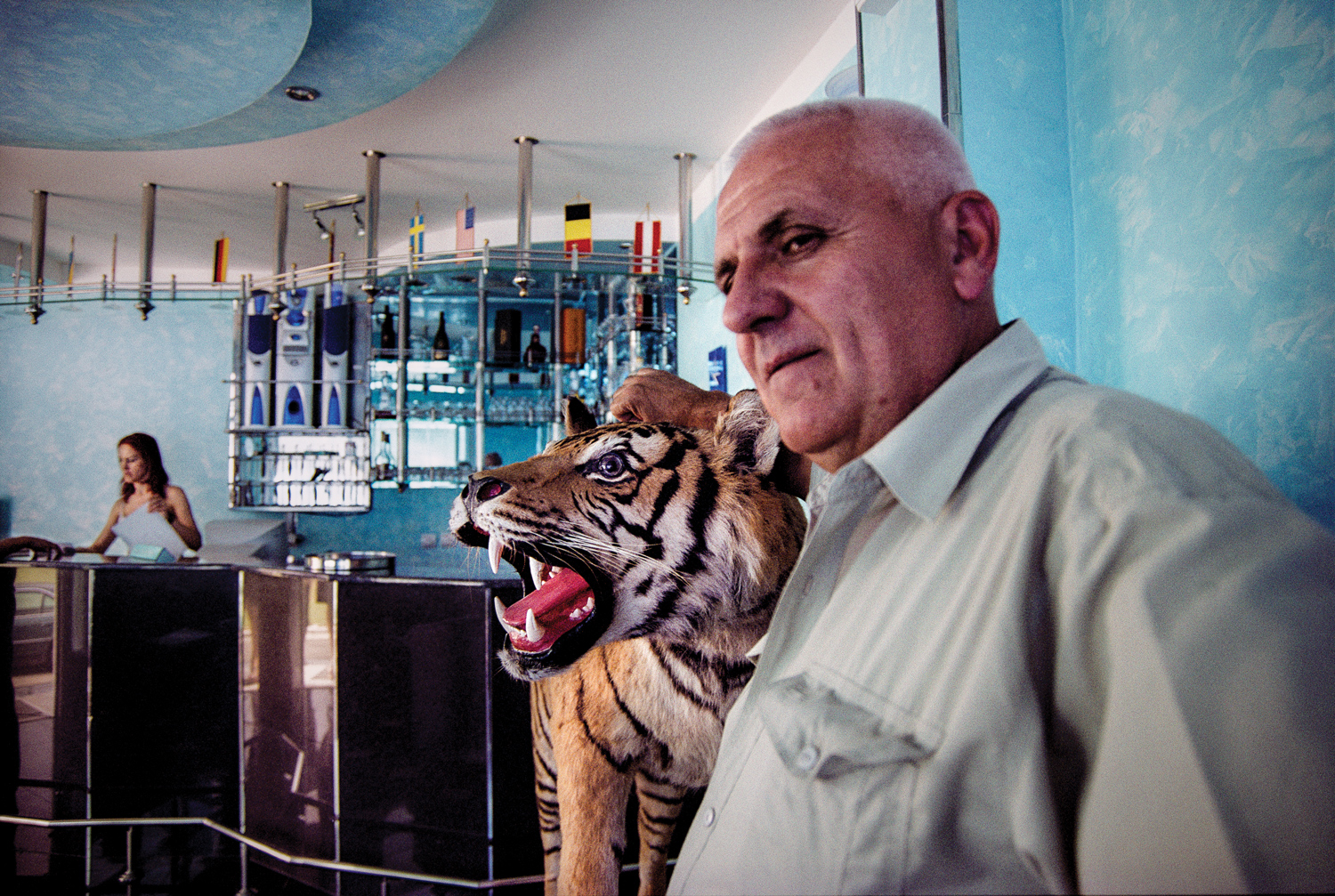
Cobb was surprised to find Milakovic at home and even more surprised when he consented to be photographed. Pit bulls prowled the compound under the watchful gaze of two caged tigers. She had the unnerving sense that she was beholding pure evil. “I hid behind the camera,” she recalls. Milakovic invited her to stay for lunch. “I choked down the food as quickly as possible. I was anxious to get out of there.” After that, she and her guide had the uneasy feeling they were being followed. “It wasn’t a danger you could see or run away from. It was this undercurrent.”
Cobb is now piecing together a retrospective of her work, going through her archives of 40 years, taking notes. The task has given her time to think — not only about her past but about what the world will look like for the next generation of photojournalists.
What advice does Cobb have for young photographers starting out today? “Find out what moves you, what motivates you to become a photographer,” she counsels. “Research that and find other photographers doing similar things. Take workshops, study with them.”

About the author: Scott Wallace, MA ’83, is an associate professor of journalism at the University of Connecticut and a frequent contributor to National Geographic. He is the best-selling author of The Unconquered: In Search of the Amazon’s Last Uncontacted Tribes.
To read more MIZZOU magazine stories online, visit mizzou.com.
